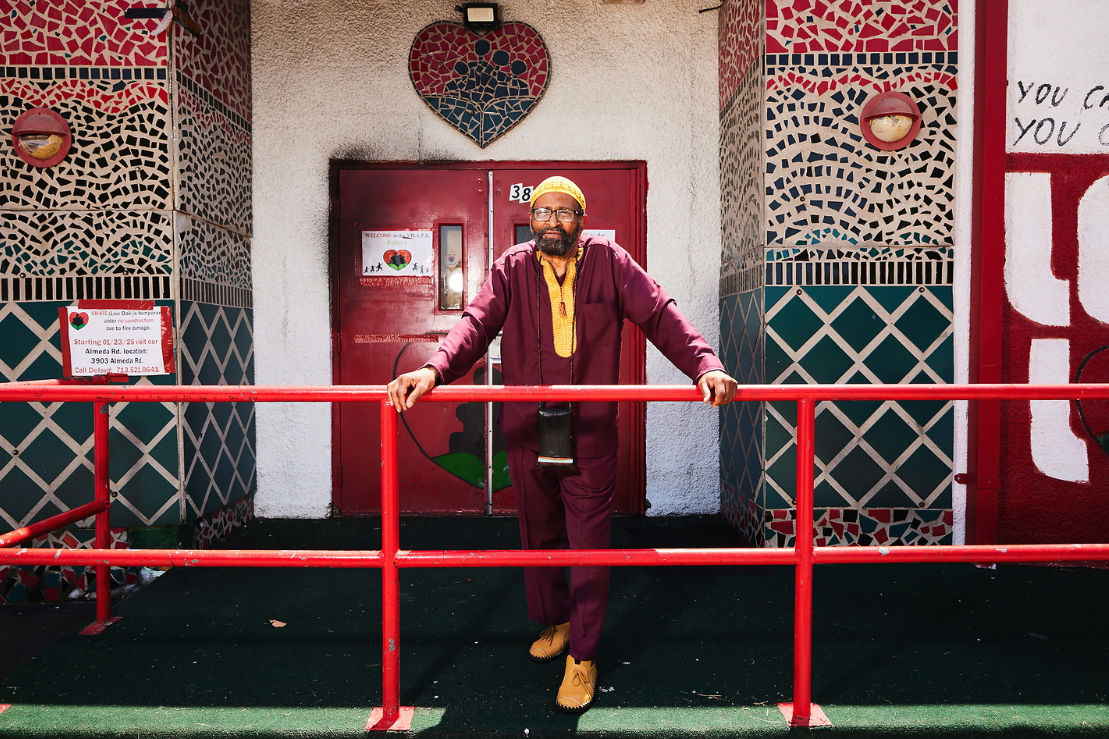Introduction to SHAPE Community Center
Despite the fire, Deloyd Parker is intent on continuing SHAPE’s mission and many programs. Deloyd Parker still remembers the smell. On the evening of January 19, smoke rolled through SHAPE Community Center’s primary location in Third Ward, swallowing 56 years of photos, posters, and carefully archived memories.
The History of SHAPE
Parker’s own story starts long before the flames. In the summer of 1969, he turned a former grocery store on Live Oak into a living classroom. Back then, he slept on a cot behind the produce counter, flipped pancakes at dawn for neighborhood kids, and closed the night with Black-history lessons taped to bare brick walls. By 1971, the center had a charter, a board, and a name: Self-Help for African People through Education. By 1973, the space could no longer hold the crowds. A larger building sat vacant across the street, once a nightclub called the Casa Palace Ballroom.
Programs and Services
Inside those walls, SHAPE hosted the city’s first seven-night Kwanzaa celebration; launched freedom tours that took busloads of Third Ward teenagers across the South to trace Civil Rights battlegrounds; and turned a kitchen into the In-SHAPE Café, an incubator for aspiring cooks to test recipes and earn a following before striking out on their own. When the Death Penalty Abolition Movement needed a home base to fight for the release of Clarence Brandley, they organized at SHAPE every week until Brandley walked free in 1990. The roster of programs kept growing because the needs never stopped. Parker and a core of volunteers ferried kids from school each afternoon, fed them, then split them into capoeira classes, computer labs, and Black-history workshops.
The Fire and Its Aftermath
The fire didn’t end the mission, but definitely scattered it. Parker has had to furlough most of the youth-program staff; without a licensed childcare space, he couldn’t keep them on payroll. Only one instructor remains, helping convert SHAPE’s other building—a former warehouse a few doors down—into a code-compliant learning center. They’ve replaced exit lights and added new alarms. State inspectors could sign off by midsummer. The larger rebuild will take longer: almost a year to gut, shore up, and rewire the burned structure so children can return to their original classrooms.
Community Support
Community support has also arrived in surprising waves. The youth group of Jack and Jill of America staged a fundraiser and donated $7,300. US Rep. Al Green persuaded the Port of Houston to cut a $10,000 check. A Catholic nursing school invited Parker to speak; a staffer quietly handed him a $1,600 check on the way out. Members of Mount Zion Missionary Baptist Church voted to contribute $10,000 in honor of the late Rev. William Lawson, whose call back in 1969 first urged Parker to take over that abandoned grocery store.
The Future of SHAPE
On Memorial Day weekend, the annual Pan-African Cultural Festival will return to Our Park, the small community green space SHAPE designed and named in the 1970s so children could say, “I’m going to our park.” The festival will be smaller this year—fewer vendors, no outdoor kitchen—but Parker says the symbolism is nonnegotiable. By next summer, he envisions children filing back into fresh classrooms, elders reclaiming their Harambe Room chairs, and new photographs beginning to crowd the walls. SHAPE could return to its former glory with just a bit of help.
Conclusion
Whether you’d like to donate, volunteer, cook, or something else, Parker says any bit of effort is appreciated. “Not one person can do everything, but if each one of us would do something, everything will get done,” he says. “That’s our philosophy: Do what you can do.” The Pan-African Cultural Festival will be held Saturday, May 24, from 11am to 5pm at Our Park, 3903 Almeda Road.




